- Hardiness Zone: 2-12 Annual
Seed Depth: 1–1.5 inches
Seed Spacing: 24–36 inches
Row Spacing: 6–8 feet
Sunlight: Full sun
Days to Sprout: 7–10 days
Days to Maturity: 100–120 days
Growth Habit: Sprawling Vine
Sunlight: Choose a location that receives full sun for at least 6-8 hours a day. Pumpkins thrive in warm, sunny conditions.
Soil: Prefers well-drained, fertile soil with a pH between 6.0 and 7.5. Amend the soil with compost or well-rotted manure to enhance fertility and drainage. Pumpkins are heavy feeders, so nutrient-rich soil is essential for optimal growth.
When to Plant: Jarrahdale Pumpkins are warm-season crops that should be planted after the danger of frost has passed and the soil has warmed to at least 70°F (21°C). In cooler climates, you can start seeds indoors 3-4 weeks before the last frost date and transplant them outdoors after the soil has warmed.
Direct Sowing: Sow seeds directly in the garden 1 inch deep in hills spaced 6-8 feet apart. Plant 3-5 seeds per hill, and thin to the 2-3 strongest seedlings once they are a few inches tall.
Transplanting: If starting indoors, transplant seedlings outdoors when they have 2-3 true leaves and the soil has warmed.
Watering: Keep the soil consistently moist but not waterlogged. Water pumpkins regularly, especially during dry periods, to ensure even moisture. Water at the base of the plant to avoid wetting the foliage, which can lead to disease. Reduce watering slightly as the fruit begins to mature to enhance sweetness.
Fertilization: Pumpkins are heavy feeders. Apply a balanced fertilizer or compost at planting time. Side-dress with a nitrogen-rich fertilizer when the plants are about 6 inches tall, and switch to a phosphorus and potassium-rich fertilizer when the plants start to flower.
Mulching and Weeding: Apply a layer of mulch around the plants to retain soil moisture, suppress weeds, and keep the soil temperature consistent. Mulch also helps protect developing pumpkins from soil contact, which can cause rot. Hand-pull weeds carefully to avoid disturbing the shallow roots of the pumpkins.
Pruning: Trim excessive vines to focus energy on fruit development.
Training and Space Management: Jarrahdale Pumpkins are vining plants that require ample space to spread. Each vine can grow up to 10-20 feet long. If space is limited, consider using trellises to train the vines vertically, but ensure the trellis is sturdy and provide support for the developing pumpkins as they grow.
Pest and Disease Management: Pumpkins can be susceptible to pests such as squash bugs, cucumber beetles, and vine borers. Use organic pest control methods like neem oil, insecticidal soap, or hand-picking to manage infestations. Practice crop rotation and ensure good air circulation to prevent fungal diseases like powdery mildew.
When to Harvest: Jarrahdale Pumpkins are typically ready to harvest 100-120 days after planting. Harvest when the pumpkins have turned a deep slate-blue color, the skin is hard, and the vines begin to die back. The stem should also be firm and dry.
How to Harvest: Use a sharp knife or pruning shears to cut the pumpkin from the vine, leaving a few inches of stem attached. Handle the pumpkins gently to avoid bruising. After harvesting, cure the pumpkins in a warm, dry place with good air circulation for about 10-14 days to toughen the skin and enhance storage life.
Storing Fresh Pumpkins: After curing, store Jarrahdale Pumpkins in a cool, dry place with good air circulation. They can be stored for up to 6 months under ideal conditions. Check them regularly for signs of rot or soft spots and use any damaged pumpkins immediately.
Culinary Uses: Jarrahdale Pumpkins are perfect for making pies, soups, and other baked goods. Their dense, sweet flesh is also excellent for roasting, pureeing, or using in savory dishes. The unique flavor and texture make them a versatile ingredient in both sweet and savory recipes.
Why You’ll Love It
Striking Appearance: Unique blue-gray rind with deep ribs adds elegance to fall decorations and displays.
Sweet, Dense Flesh: Rich, golden-orange interior with smooth texture — perfect for pies, soups, and roasting.
Long Storage Life: Keeps for months when cured properly, making it a reliable winter kitchen staple.
Productive Plants: Vines produce medium to large fruits that perform well in warm summer gardens.
Plant Characteristics
Height: 12–24 inches (vines can spread 10–15 feet)
Growth Habit: Sprawling vines with broad leaves and long runners
Fruit Type: Round, deeply ribbed pumpkins with blue-gray skin and orange flesh
Fruit Size: 6–12 pounds on average
Days to Maturity: 100–110 days
Hardiness: Warm-season annual
Flavor and Culinary Uses
Flavor: Sweet, nutty, and smooth — excellent for baking and savory dishes alike
Culinary Uses: Great for pies, roasting, soups, casseroles, or cubed in grain bowls and salads
Companion Planting Tips
Good Companions: Corn, beans, sunflowers, and marigolds
Avoid Planting Near: Potatoes and cucumbers (compete for nutrients and space)
Bonus Benefit: Adds visual appeal to edible landscapes while providing long-lasting food storage
Common Issues and Solutions
Powdery Mildew: Promote airflow and apply organic fungicides if needed — mulch to reduce splash-up
Fruit Scarring or Rot: Raise pumpkins off soil with straw or cardboard to keep skin dry and clean
Poor Fruit Set: Be sure to plant more than one vine or hand-pollinate if pollinators are scarce
Seeds Per Packet
| 3g | Approximately 12 |
| 10g | Approximately 40 |
Why You’ll Love It
Striking Appearance: Unique blue-gray rind with deep ribs adds elegance to fall decorations and displays.
Sweet, Dense Flesh: Rich, golden-orange interior with smooth texture — perfect for pies, soups, and roasting.
Long Storage Life: Keeps for months when cured properly, making it a reliable winter kitchen staple.
Productive Plants: Vines produce medium to large fruits that perform well in warm summer gardens.
Plant Characteristics
Height: 12–24 inches (vines can spread 10–15 feet)
Growth Habit: Sprawling vines with broad leaves and long runners
Fruit Type: Round, deeply ribbed pumpkins with blue-gray skin and orange flesh
Fruit Size: 6–12 pounds on average
Days to Maturity: 100–110 days
Hardiness: Warm-season annual
Flavor and Culinary Uses
Flavor: Sweet, nutty, and smooth — excellent for baking and savory dishes alike
Culinary Uses: Great for pies, roasting, soups, casseroles, or cubed in grain bowls and salads
Companion Planting Tips
Good Companions: Corn, beans, sunflowers, and marigolds
Avoid Planting Near: Potatoes and cucumbers (compete for nutrients and space)
Bonus Benefit: Adds visual appeal to edible landscapes while providing long-lasting food storage
Common Issues and Solutions
Powdery Mildew: Promote airflow and apply organic fungicides if needed — mulch to reduce splash-up
Fruit Scarring or Rot: Raise pumpkins off soil with straw or cardboard to keep skin dry and clean
Poor Fruit Set: Be sure to plant more than one vine or hand-pollinate if pollinators are scarce
Seeds Per Packet
| 3g | Approximately 12 |
| 10g | Approximately 40 |

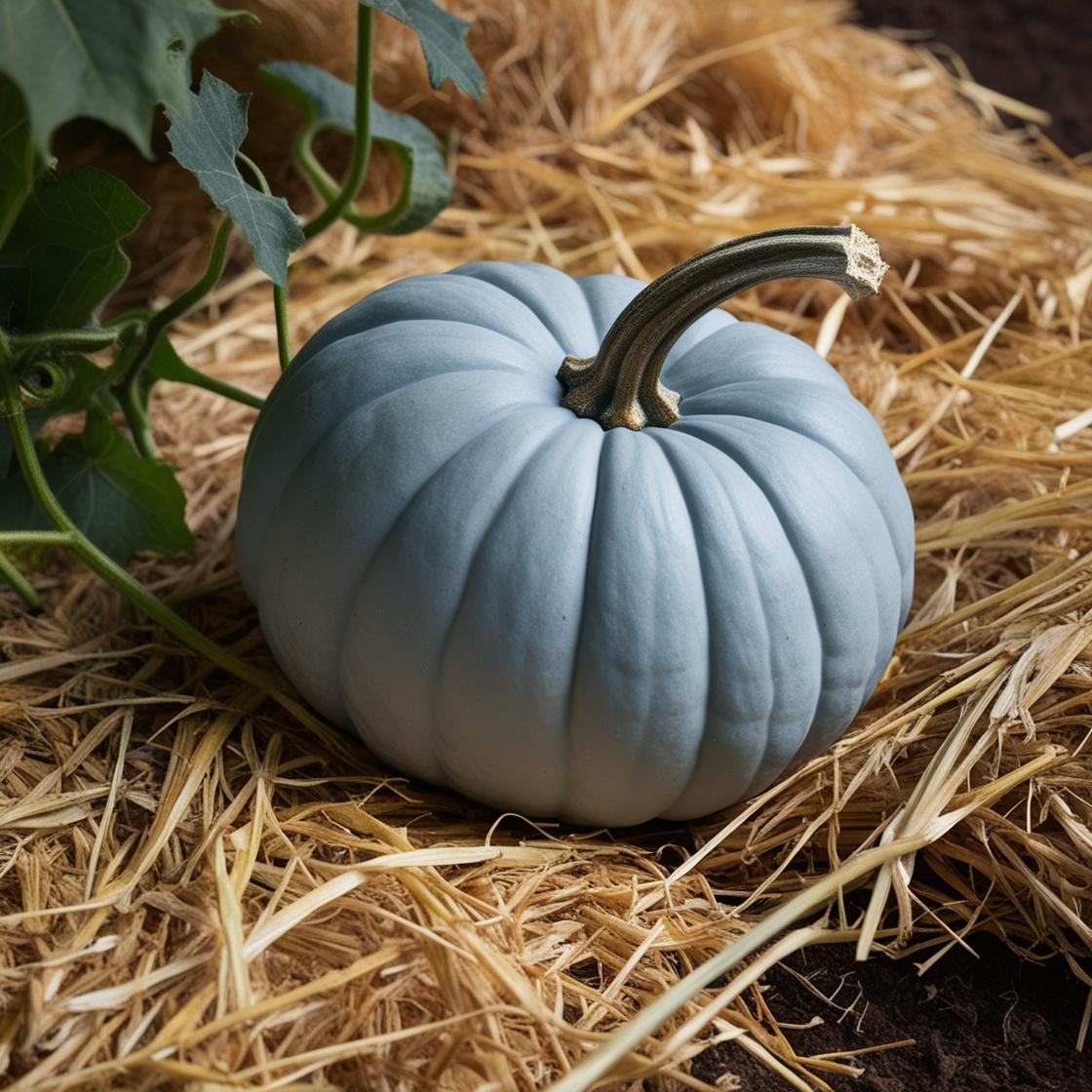
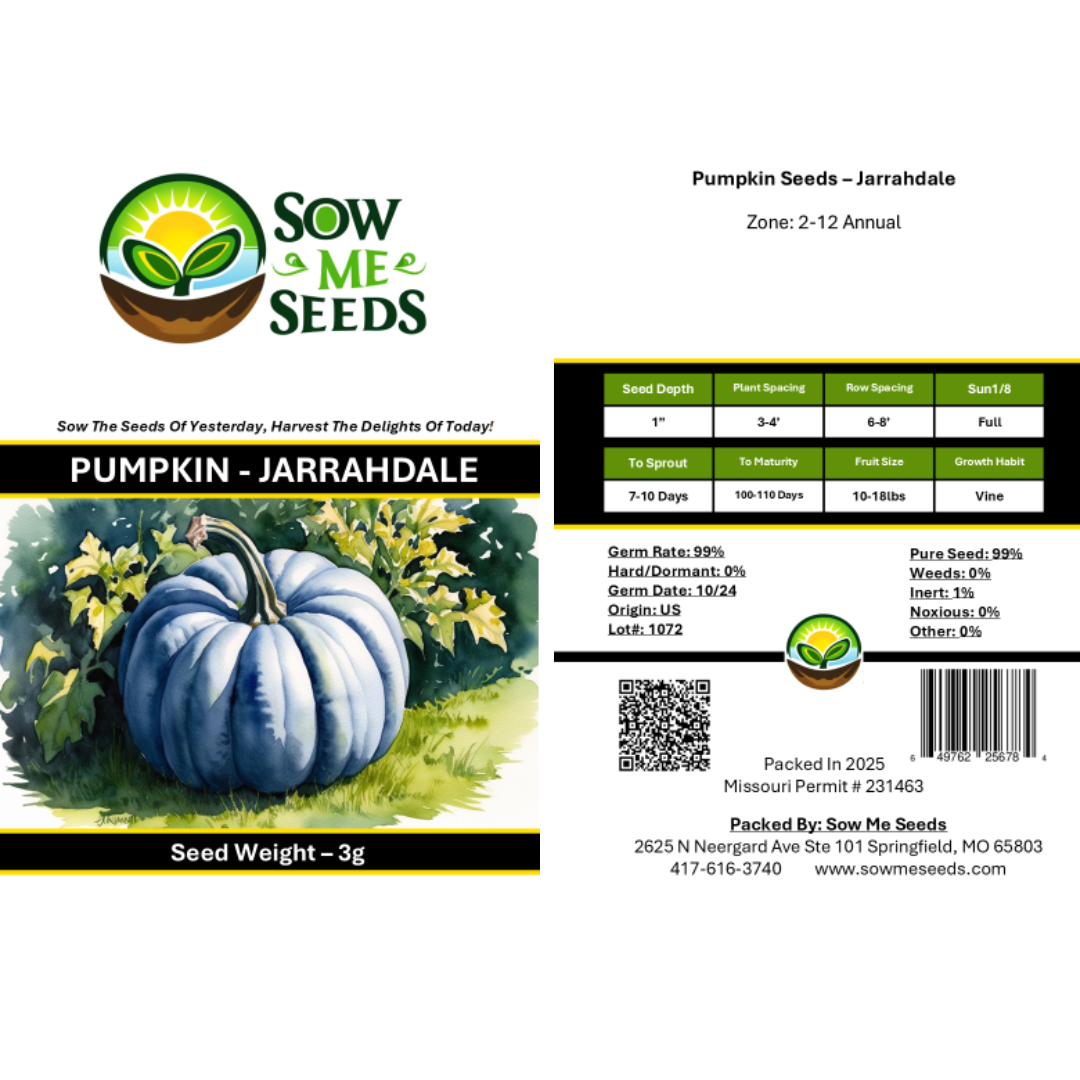
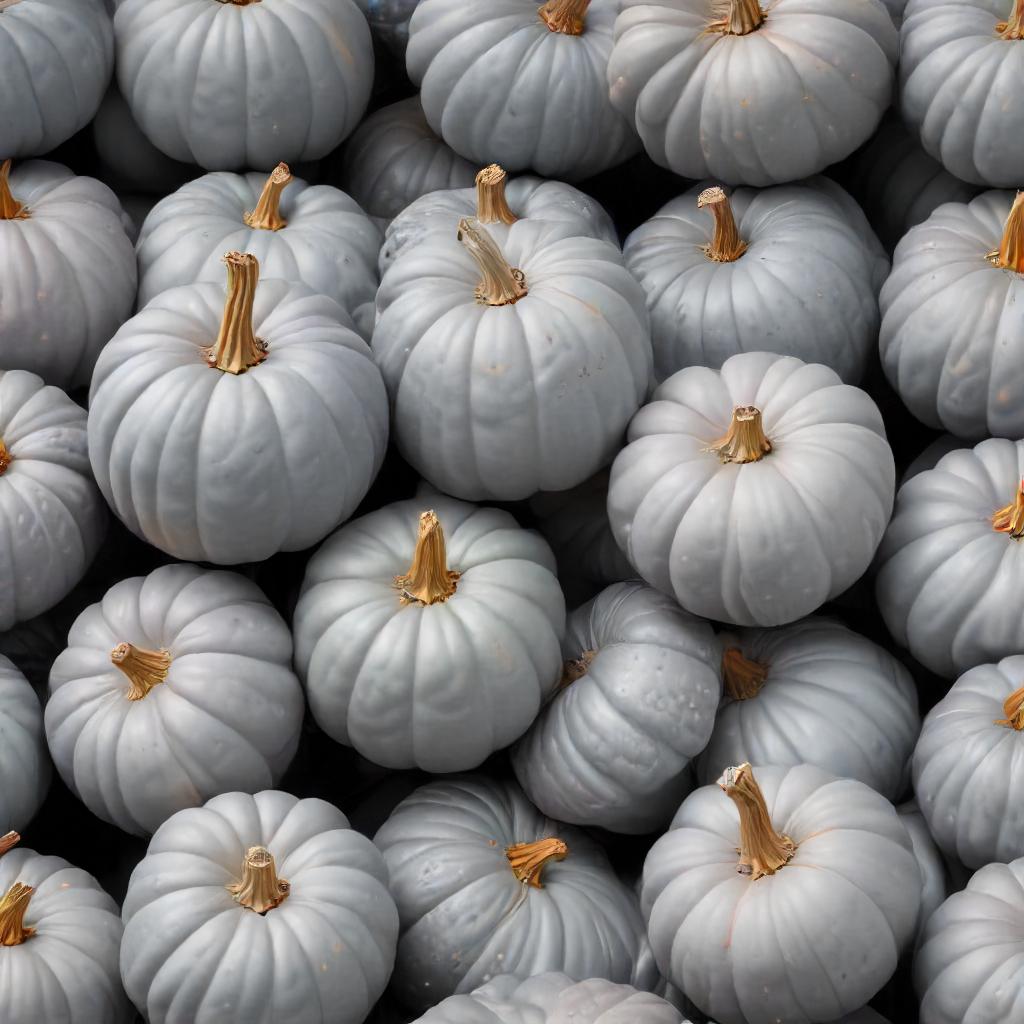
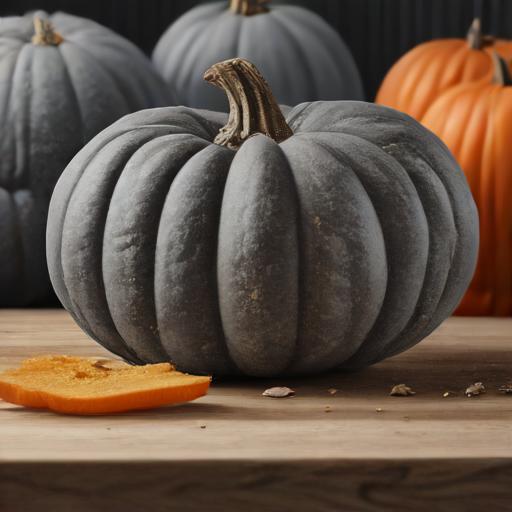
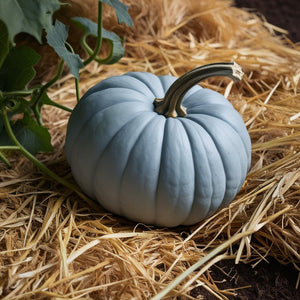
Share and get 15% off!
Simply share this product on one of the following social networks and you will unlock 15% off!